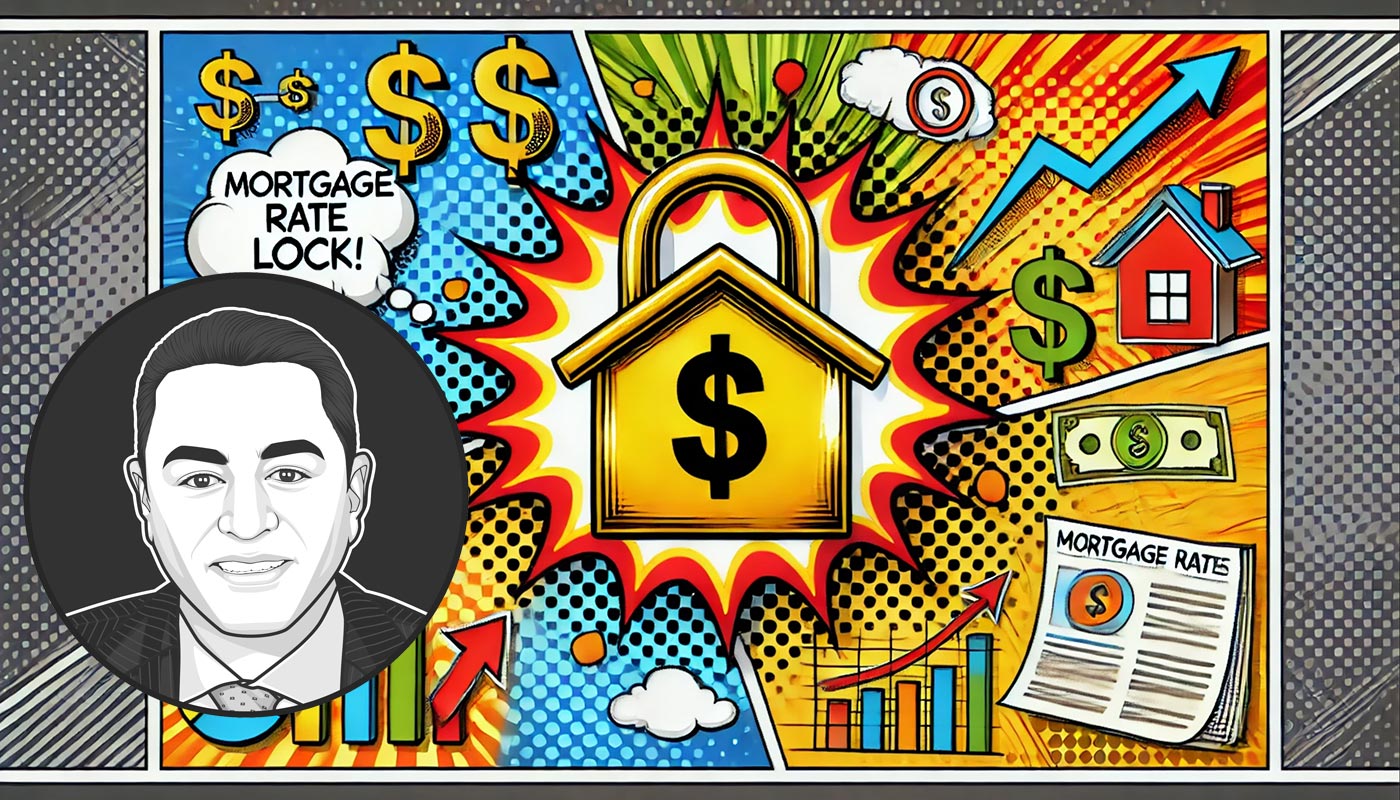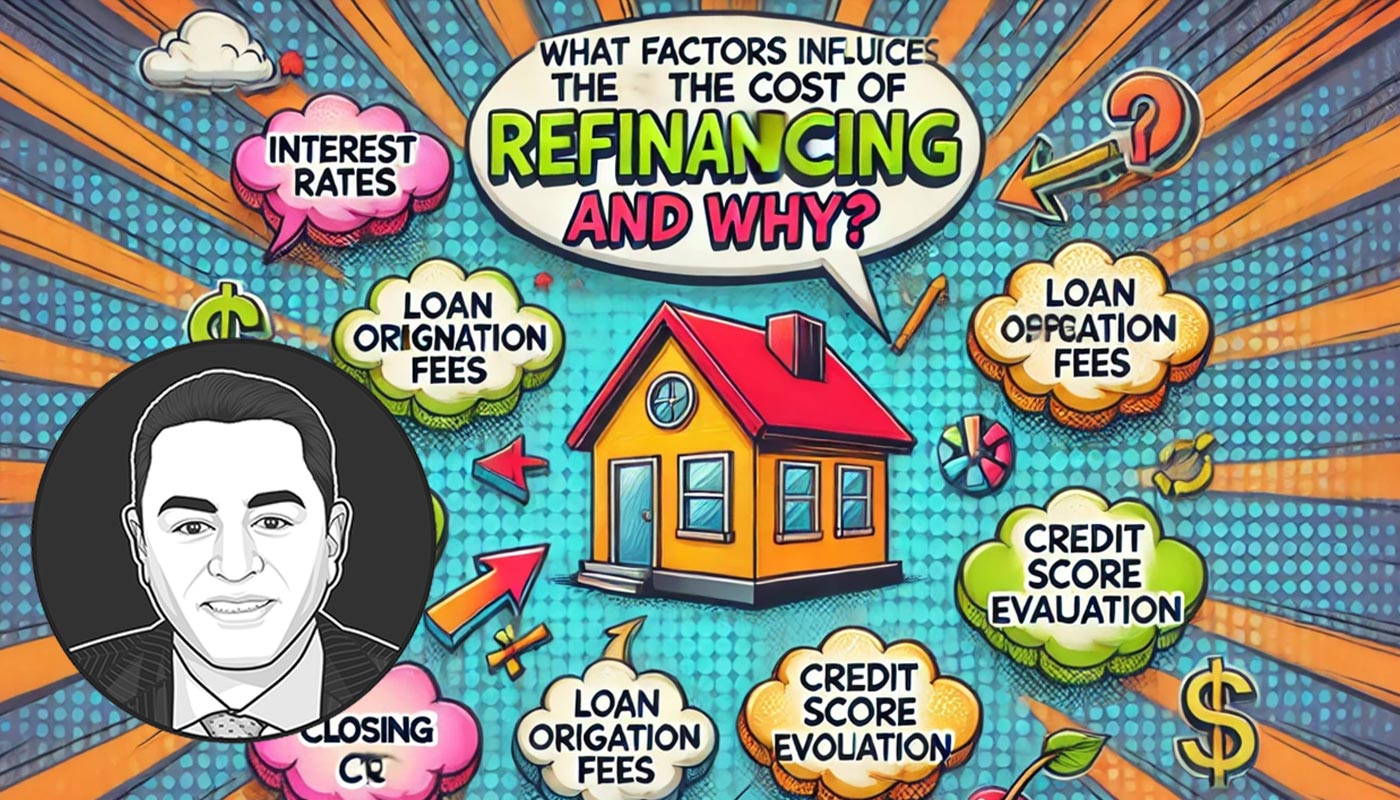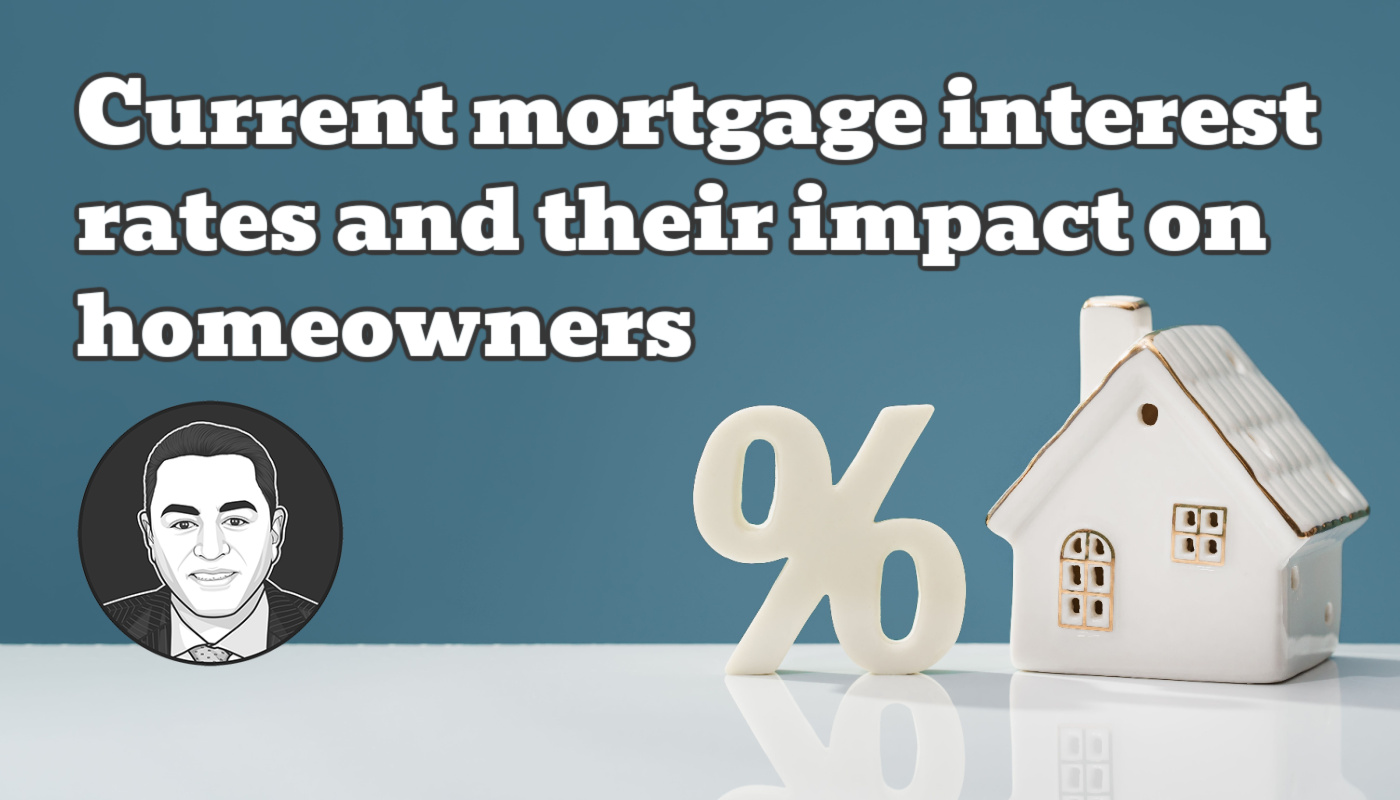A rate lock is an agreement between you and your lender that secures your interest…
What is the difference between a Home Equity Loan (HELOAN) and a Home Equity Line of Credit (HELOC)?
Homeowners who refinanced during the low interest rate period now have to decide how to access home equity without losing favorable interest rates. For many homeowners, cash-out refinancing is no longer an attractive option. They can consider a home equity loan with a fixed interest rate. They can also consider a home equity line of credit with an adjustable interest rate. This article compares these two financial tools, emphasizing their differences and benefits.
Home Equity Loan (HELOAN): Fixed-Rate Stability
A home equity loan also called a second mortgage, allows homeowners to borrow against their equity. This loan comes with a fixed interest rate, which means monthly payments remain the same throughout the term. The loan term typically ranges from five to thirty years.
Key Features:
- Fixed Interest Rate: Provides predictability and stability in monthly payments.
- Lump Sum Disbursement: Ideal for significant, one-time expenses such as home renovations, debt consolidation, or major purchases.
- Subordinate Lien: A separate loan does not affect the primary mortgage.
Advantages:
- Predictability: Fixed monthly payments make budgeting easier.
- Immediate Access to Funds: The lump sum payment suits significant expenses requiring upfront funding.
Disadvantages:
- Less flexibility: Not suitable for ongoing expenses or varying costs.
- Higher Initial Payments: Fixed-rate loans may have higher initial payments than the interest-only options available with HELOCs.
Home Equity Line of Credit (HELOC): Flexibility with Variable Rates
HELOCs are revolving credit lines secure by a home’s equity. They usually have a variable interest rate, which means payments vary based on market conditions. Homeowners can borrow and repay up to a credit limit during the draw period.
Key Features:
- Variable Interest Rate: Payments can change over time, which can be advantageous or risky depending on rate movements.
- Revolving Credit Line: Borrow, repay, and borrow again as needed, offering significant flexibility.
- Draw and Repayment Periods: The draw period can 3, 5, or 10 years, followed by a repayment period of 10-20 years, where borrowing stops, and the focus shifts to repaying the balance.
Advantages:
- Flexibility: Perfect for ongoing expenses like home improvements, education, or emergency funds.
- Interest-Only Payments: During the draw period, payments may be lower since they often cover interest only.
Disadvantages:
- Variable Rates: Payments can increase, making budgeting challenging.
- Potential for Over-Borrowing: Easy access to credit can lead to excessive debt if not managed carefully.
Qualifications and Eligibility Criteria
In addition to the loan-to-value ratio, combined loan-to-value, income and employment history, debt-to-income ratio, credit score, and property and occupancy type, lenders will also evaluate several other factors.
Most lenders require an appraisal for HELOANs and HELOCs; however, this is not always the case. Depending on the loan amount and the property value, many lenders will now accept the property value from an automated valuation model without needing an appraisal.
Steps to Apply:
- Research lenders: Compare terms, rates, and fees.
- Submit Application: Provide the necessary financial and property information.
- Appraisal: Conducted to determine home value and available equity.
- Approval and Closing: Finalize the loan or line of credit agreement.
Conclusion
It is essential to consider your financial needs and risk tolerance when choosing between a home equity loan and a HELOC. Home equity loans offer predictability and are suitable for large, one-time expenditures. In contrast, a HELOC provides flexibility for ongoing or variable expenses but has the risk of fluctuating payments.
To leverage your home’s equity, evaluate your financial situation, compare offers from multiple lenders, and consult a licensed mortgage broker or loan officer. Knowing the differences and advantages of each option will help you make a more informed decision.



